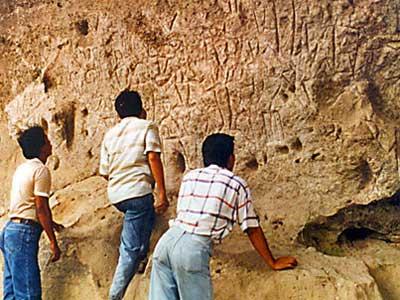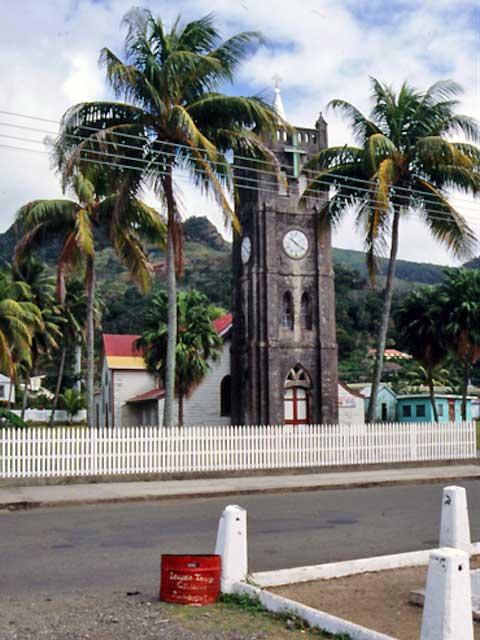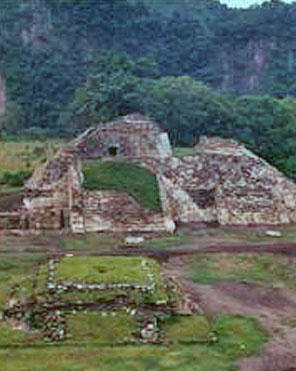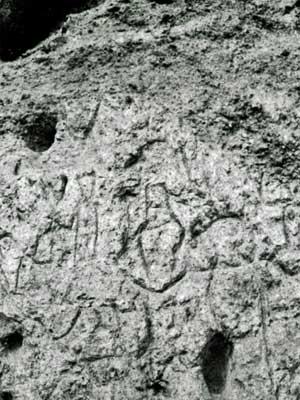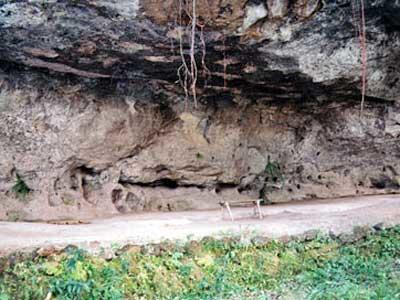Angono Petroglyphs
Site and Significance
Discovered in 1965, the Angono Petroglyphs are believed to be the oldest known artworks in the Philippines. Located in Binangonan, in the province of Rizal, the petroglyphs date to the third millennium B.C. and are a collection of 127 figural carvings engraved on the wall of a shallow cave of volcanic tuff. In 1973, they were declared a National Cultural Treasure, and in 1985 were listed on the World Inventory of Rock Art. Almost immediately after they were brought to public attention, the National Museum of the Philippines made several molds of the carvings. Subsequently, the site underwent cleaning and preliminary conservation during the 1980s.
By the early 1990s, the Angono Petroglyphs were threatened by regional development pressure. After investigation, the importance of the site was fully recognized and measures were taken to protect the area and the carvings. Although granted protection from total destruction, there was fear that new road construction and blasting into the hill behind the petroglyphs might have threatened the cave’s stability. The reshaped earth also raised concerns about the increasing threat of water damage to the site. Uncontrolled vegetation and fauna had caused erosion of the petroglyphs over time.
1996 World Monuments Watch
After inclusion on the 1996 World Monuments Watch, the Angono Petroglyphs caves were cleared of invasive vegetation. A drainage system was installed to prevent accumulation of water during heavy rain, and a caretaker was assigned to protect the site from vandals. Despite these efforts, the stone wall continued to deteriorate rapidly; the presumed culprit was the recently completed development of a residential area and golf course near the site, which changed the arrangement of trees and other elements that had afforded some protection from the elements.
In 1998, WMF secured support from American Express to assist the National Museum in completing archaeological and geological surveys, necessary to establish conservation and management policies for the site.
Threats were assessed and recommended measures were implemented, including environmental monitoring and the construction of a viewing deck, pathway, and fence to enable visitors to enjoy seeing the caves and petroglyphs, but affording appropriate protection to the fragile historic carvings.
The petroglyphs of Angono are among the oldest surviving examples of rock engravings in Asia and are believed to be the oldest in the Philippines. Archaeological excavations of the site have yielded fragments of earthenware and obsidian flakes, which suggest the cave may have first been used sometime during the Neolithic period. The surviving carvings are a unique collection at this distant period of Philippine history.
Learn More
World Monuments Fund safeguards cultural heritage around the globe, ensuring our treasured places are preserved for present and future generations.
Sign up for our newsletter to receive regular updates on our projects, stories from the field, upcoming events, and more!
![]()

